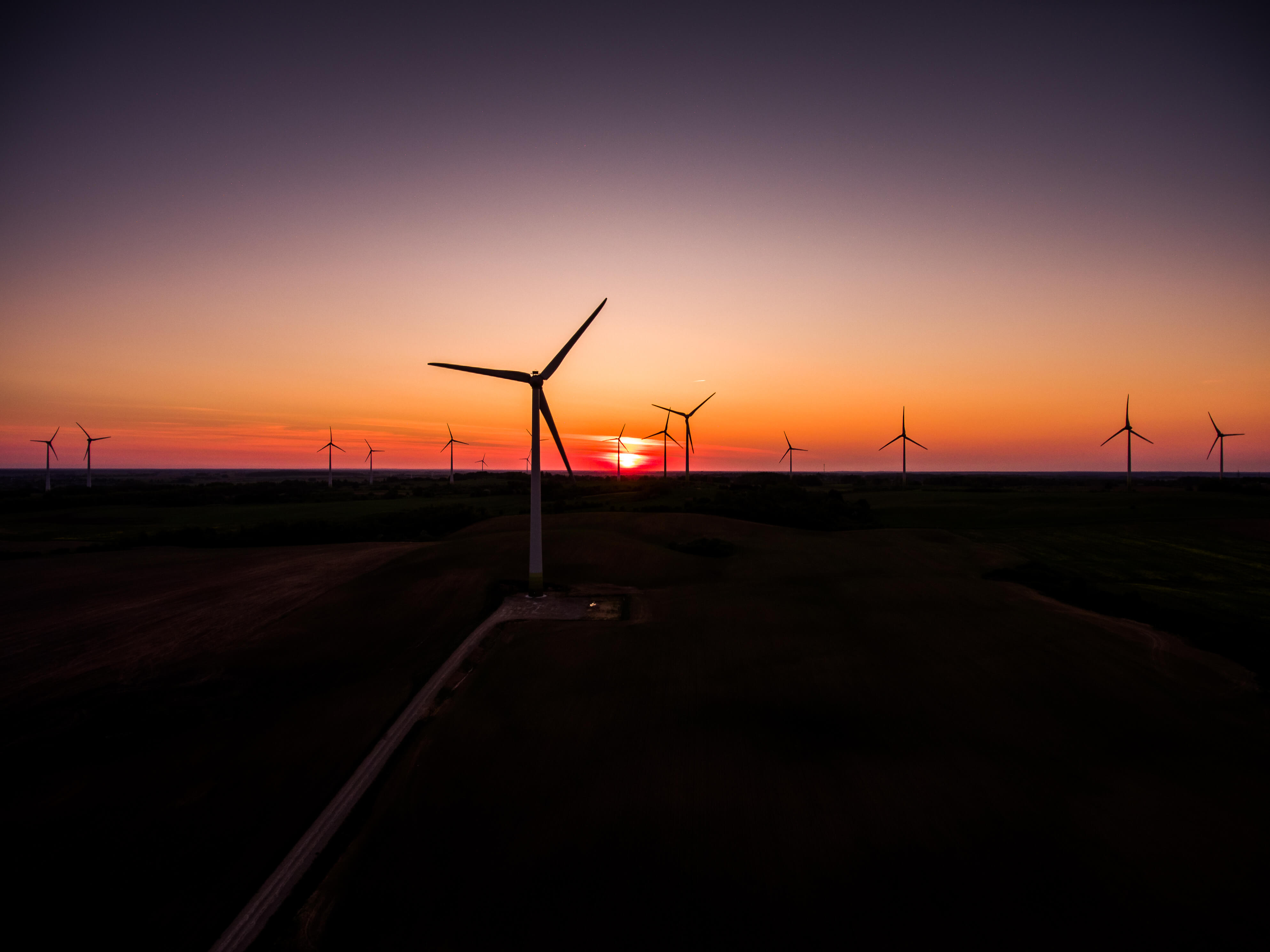National energy strategy: is being more ambitious the way to go?
As the deliberations on the National Energy Strategy have started with the spring session of the Seimas, investors are awaiting a green light for energy development in our country. The estimates made by the Lithuanian Wind Power Association show that ambitious energy development is not only feasible but is also economically desirable. We expect that by 2030, the wind-generated energy could be sufficient to meet a third of the country’s energy demands. The new projects will mean investments and workplaces in remote regions, while resulting in tax contributions and energy generated from the local resources for the Lithuanian economy as a whole.
Proposition: 1,500 MW of wind power by 2030.
The Lithuanian Wind Power Association has proposed to outline a plan in the National Energy Strategy whereby, by 2020, the total installed capacity of wind parks would increase to at least 850 MW, instead of the currently estimated 770 MW. With the proposed tempo for wind energy development, the auctions for the allocation of quotas could be organised in stages. For example, in the first and second half of 2019, 240 MW could be allocated, and in the first half of 2020 a further 110 MW. The periodicity of the auctions would grant more visibility to the investors, which would consequently lead to lower prices for the projects and for the purchase prices of electricity.
The Lithuanian Wind Power Association has proposed working towards achieving a minimum installation capacity of 1,500 MW by 2030. This means that wind could yield nearly 4.5 TWh of electricity – or some 30-35 percent of the total country’s energy demand (depending on the energy consumption rate in 2030).
The document also proposes promoting the construction of single turbines, as this would also allow for the consumption of more energy at the place of its production, which would stimulate the interest and investments of local businesses, farmers and communities.
Price and network to make it possible
The Association estimates that, in the period of 2019-2023, the wind turbines with the capacity of nearly 140 MW that were built between 2007 and 2011, will stop receiving a fixed tariff . These funds could then be used for fostering further construction of new, more efficient wind turbines, without increasing the energy prices for consumers.
Moreover, the capacities of the electricity transmission network allow to integrate the wind plants with a capacity of at least 350 MW. This would have no significant influence on the operating stability of the network. Litgrid, the Lithuanian transmission system operator, has even indicated that up to 500 MW of new wind facilities could be integrated into the network development without requiring any additional investments (except minor investment of EUR 4.9 million for a substation construction).
Meanwhile, the integration of single turbines into the electricity distribution network would enable a more flexible allocation of the plants in the country’s territory, lower transmission losses, higher energy consumption at the place of production and more balanced network traffic.
Wind parks also provide system services, which can contribute to electricity network stability. Wind parks operating today are already supplying reactive power to electricity networks; but they could also provide frequency support services, and are enabled to respond to fluctuations in the electricity demand. This has been proven by the Experiment conducted in Australia, where the French renewable energy company Neoen demonstrated that a wind park was able to provide frequency control services to the Australian network and at the same time lower the energy prices.
With the view to achieve the renewable energy development outlined in the Draft National Energy Strategy, it is of utmost importance that the power network operators are prepared to handle higher volumes of renewable energy, as it is expected that in the middle of the next decade, the wind-generated electricity and the market prices will converge, and from then the wind plant projects will be conducted on commercial grounds.
Benefits for the regions
A characteristic feature of the wind energy sector is its regional concentration – the projects are commonly implemented in less-populated areas. Lithuania is no exception, as most of the projects are carried out in Skuodas, Palanga, Kretinga, Šilutė, Šilalė, Tauragė and Pagėgiai Municipalities. This allows workplaces to be created in these regions, where the benefits are expressed as supporting the local communities, the construction of new roads, leasing tax contributions for the land owners and real estate taxes for the municipalities.
It is considered that each megawatt of power installed onshore is equal to at least EUR 1 million worth of investments. Every EUR 1,000 of investments in the wind power sector means EUR 250 income to other industrial sectors, including the metal, chemical, construction, infrastructure and engineering industries. The construction of one bigger wind park can allow up to 30 local companies undertaking different areas of work within the project.
Post a comment
You must be logged in to post a comment.


